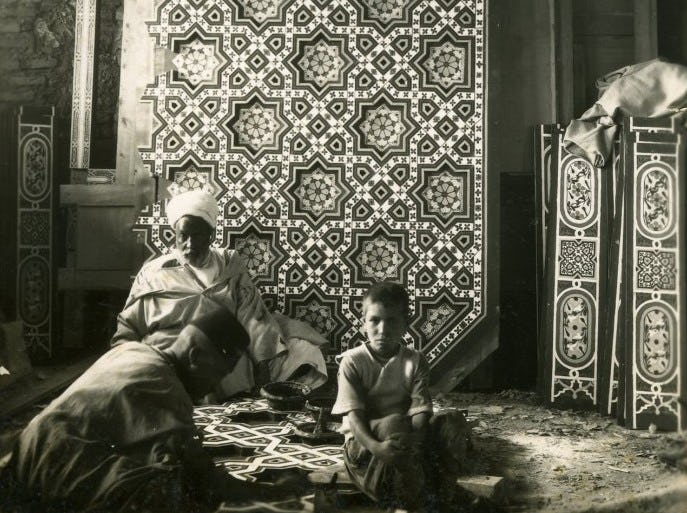Gilded Cut-Glass Decanter
Date19th century
PeriodOttoman
MediumCut glass, gilding
DimensionsOverall: 12 x 4 in. (30.5 x 10.2cm)
Other (stopper, b): 2 1/2 × 1 1/16 in. (6.4 × 2.7cm)
ClassificationsGlass
Object number47.31.1a-b
DescriptionThis glass decanter (one of a pair) has a rounded base and long neck topped with a finial stopper. The glass is decoratively cut in a lattice pattern filled with gilded floral motifs surrounding large roundels. By the nineteenth century, the Ottoman empire was rapidly industrializing as new products and technology arrived from Europe. The market was flooded with European products, including fine glassware. To bypass the need for European glass, Ottoman Sultan Selim III (r. 1789-1807 CE) sent a Sufi dervish named Mehmed Dede to Venice to acquire knowledge of glassmaking. Factories producing glassware subsequently opened in Beykoz near Istanbul. These workshops produced both traditional products, such as rose water sprinklers, laledans (vases for tulips), ewers, and hanging lamps, as well as newer products, such as smelling salt bottles, candy dishes, and commerical medicine bottles.
On View
On viewCollections
19th century
19th - 20th century
19th - 20th century
19th - 20th century
19th - 20th century
19th - 20th century
19th - 20th century
19th - 20th century
19th - 20th century
19th - 20th century
19th - 20th century
19th - 20th century














